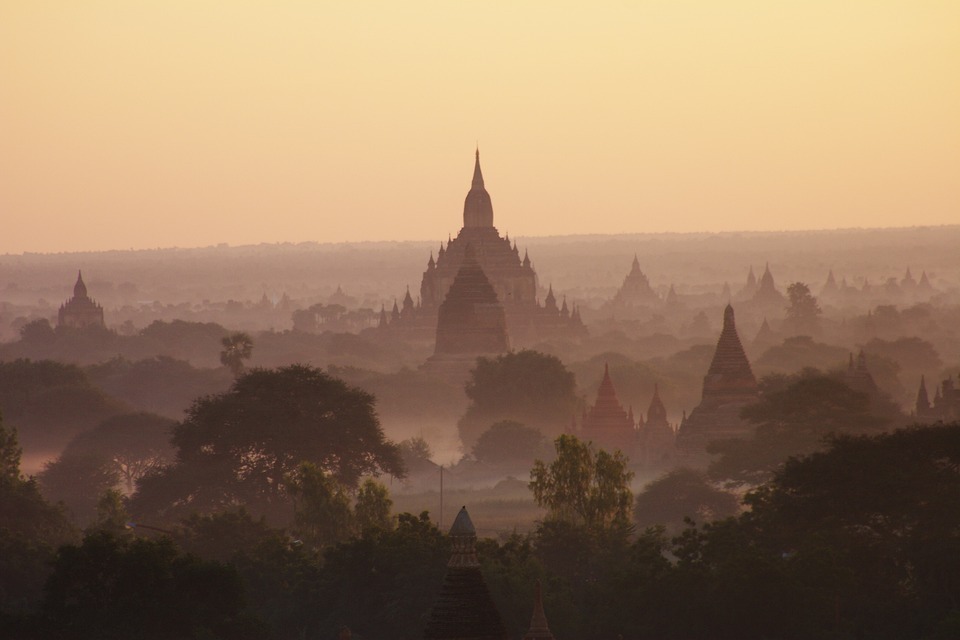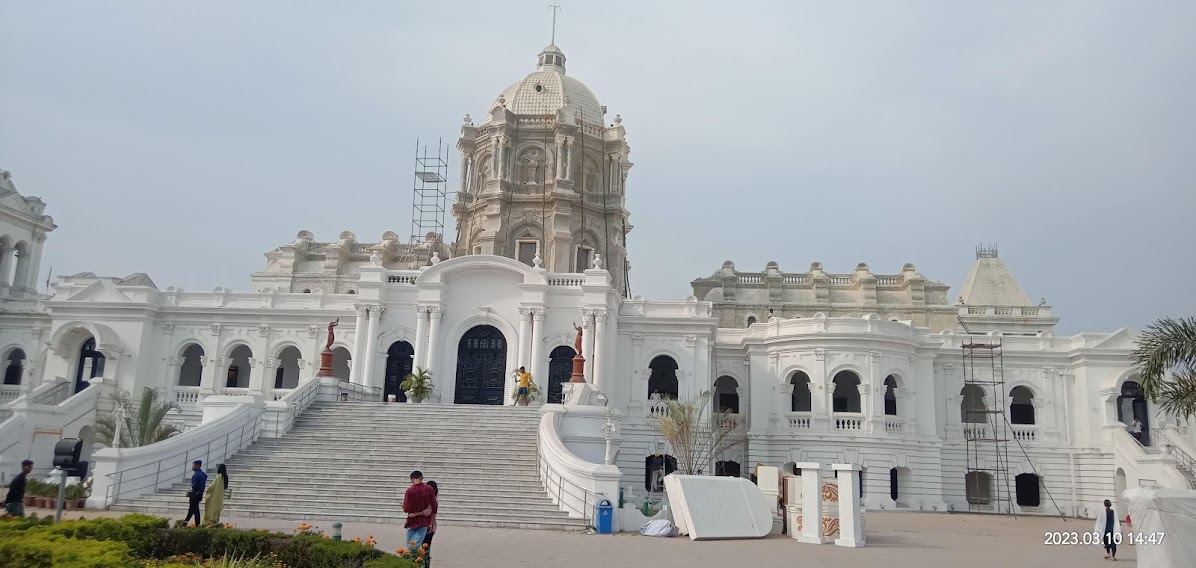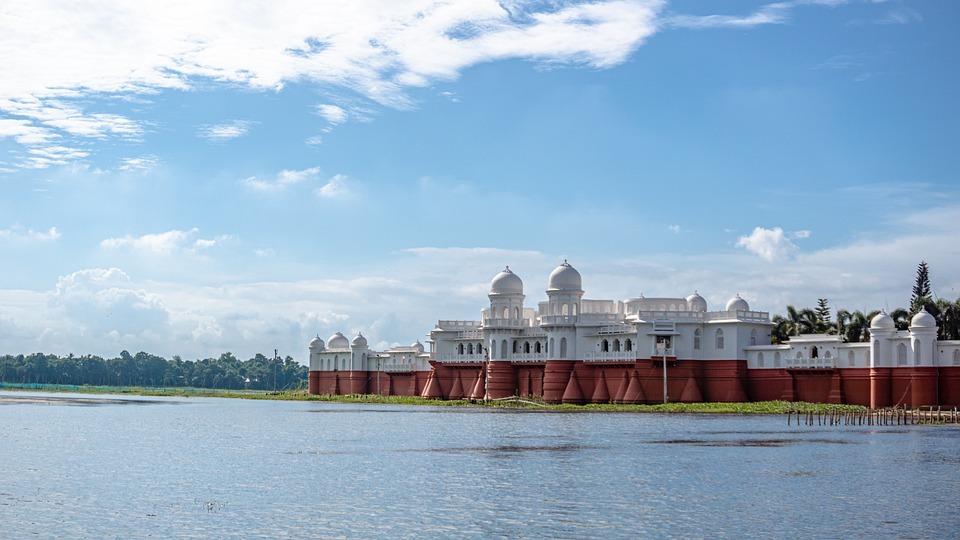
Tripura, located in northeastern India, has a diverse economy with several major industries contributing to its growth. Here are some of the significant industries in Tripura:
1. Natural Gas and Oil: Tripura is known for its significant reserves of natural gas and oil. The state has several gas-based power plants and industries related to the extraction, refining, and distribution of natural gas and oil. ONGC is actively involved in exploration and production activities in the state.
2. Agriculture and Horticulture: Agriculture is a vital sector in Tripura, with a substantial portion of the population engaged in farming. The state has fertile lands suitable for cultivating crops such as rice, jute, sugarcane, pineapple, rubber, tea, and spices. Horticulture, including the cultivation of fruits like oranges, lemons, pineapples, and bananas, is also a significant industry.
3. Handicrafts and Handloom: Tripura has a rich tradition of handicrafts and handloom industries. Bamboo and cane crafts are particularly prominent, with products like furniture, baskets, and decorative items being produced. The state is also known for its handwoven textiles, including fabrics like cotton and silk, which are often adorned with traditional tribal designs.
4. Tourism: Tripura’s scenic landscapes, lush green forests, and cultural heritage make it a potential tourist destination. The state has several historical sites, wildlife sanctuaries, waterfalls, and temples that attract visitors. Tourism infrastructure and services have been developing to cater to the growing number of tourists.
5. Rubber and Tea: Tripura has favorable climatic conditions for cultivating rubber and tea. Rubber plantations and tea gardens are present in various parts of the state, contributing to the agricultural sector and providing employment opportunities.
6. Food Processing: The food processing industry has gained importance in Tripura. With a focus on adding value to agricultural produce, food processing units have been established for products such as rice, fruits, spices, and tea.
7. Handicrafts and Handloom: The state promotes the development of handicrafts and handloom industries. Bamboo and cane crafts are particularly prominent, with products like furniture, baskets, and decorative items being produced. Handwoven textiles, including fabrics like cotton and silk, are also a significant industry.
These industries play a vital role in the economic development of Tripura, generating employment opportunities and contributing to the state’s overall growth.




